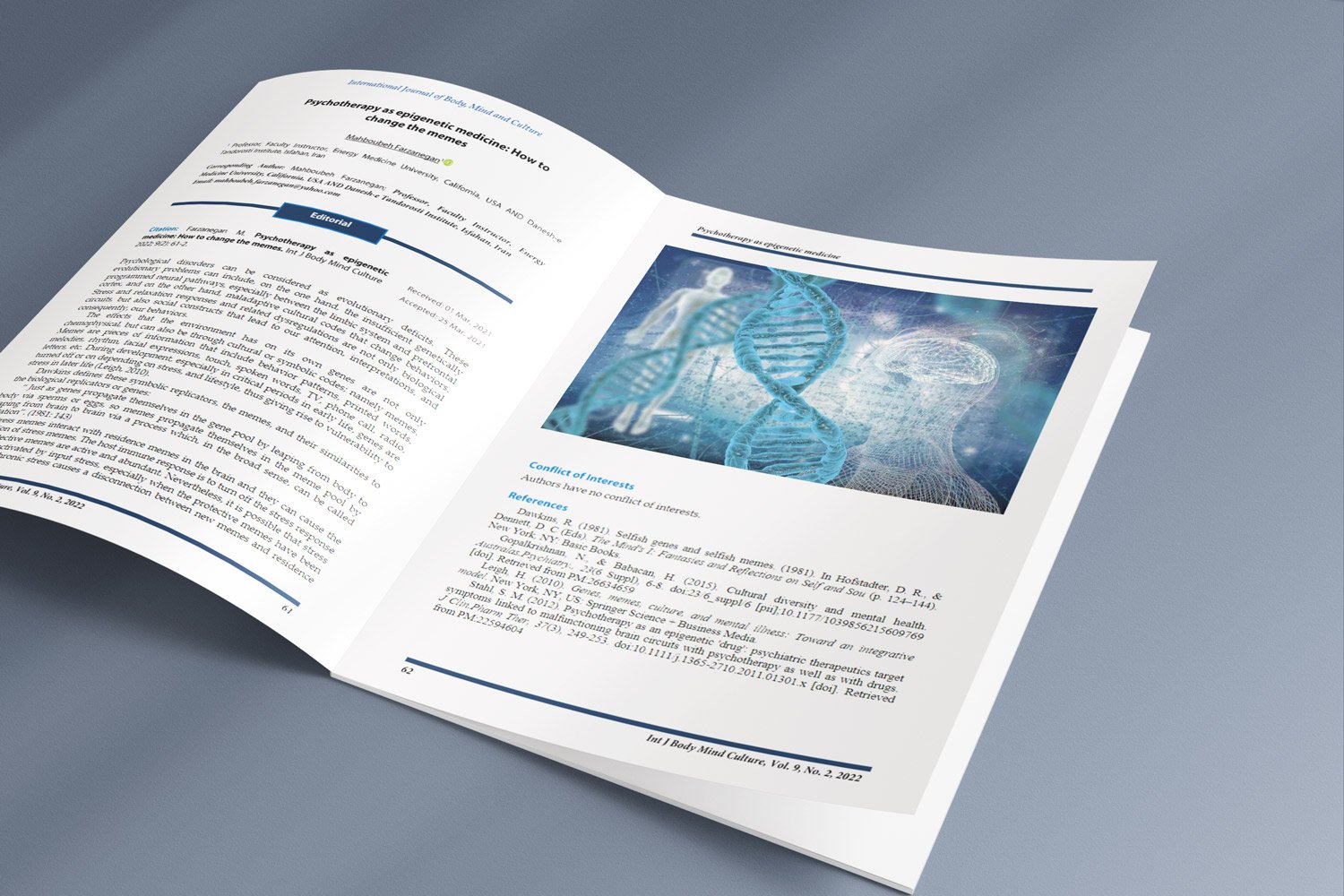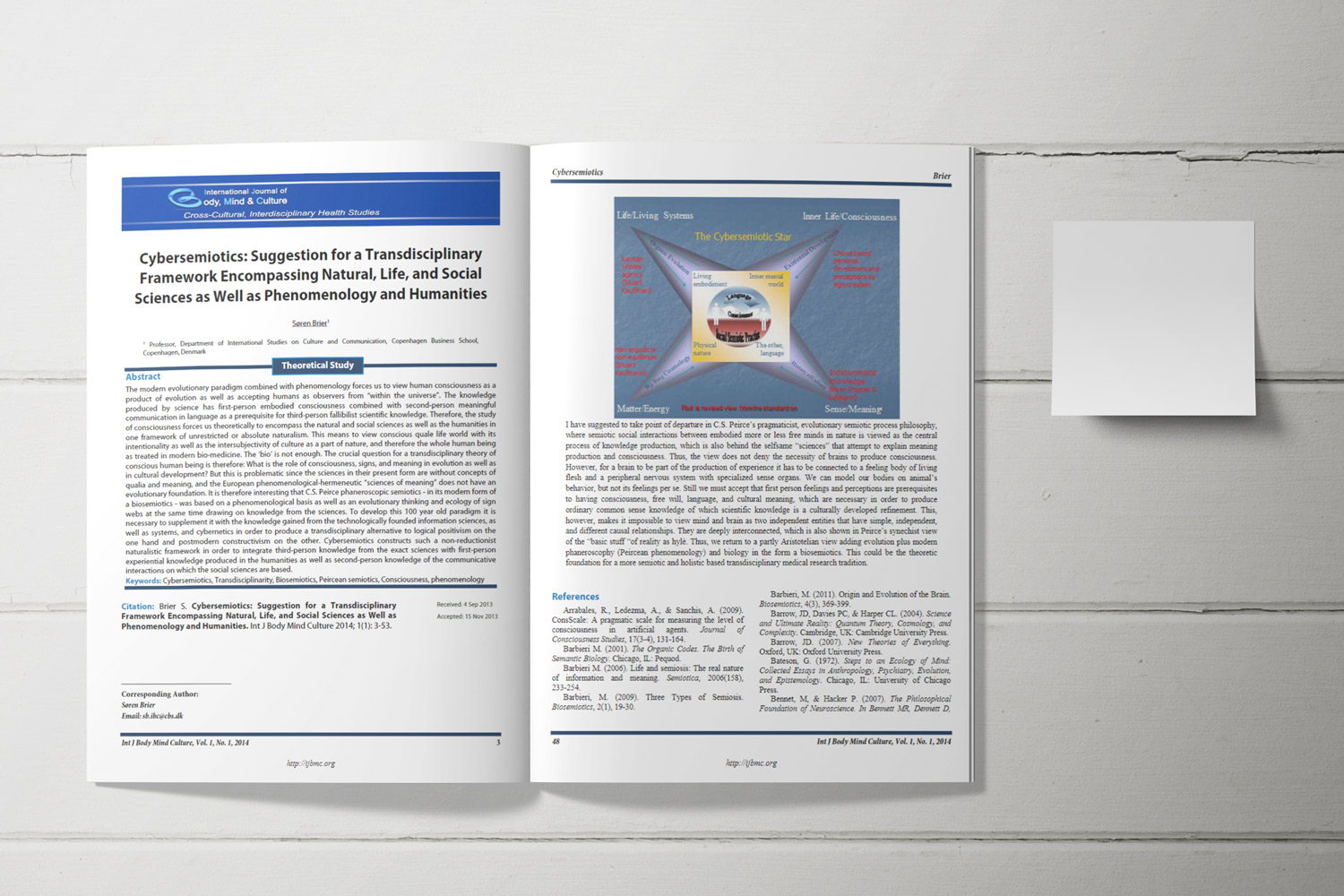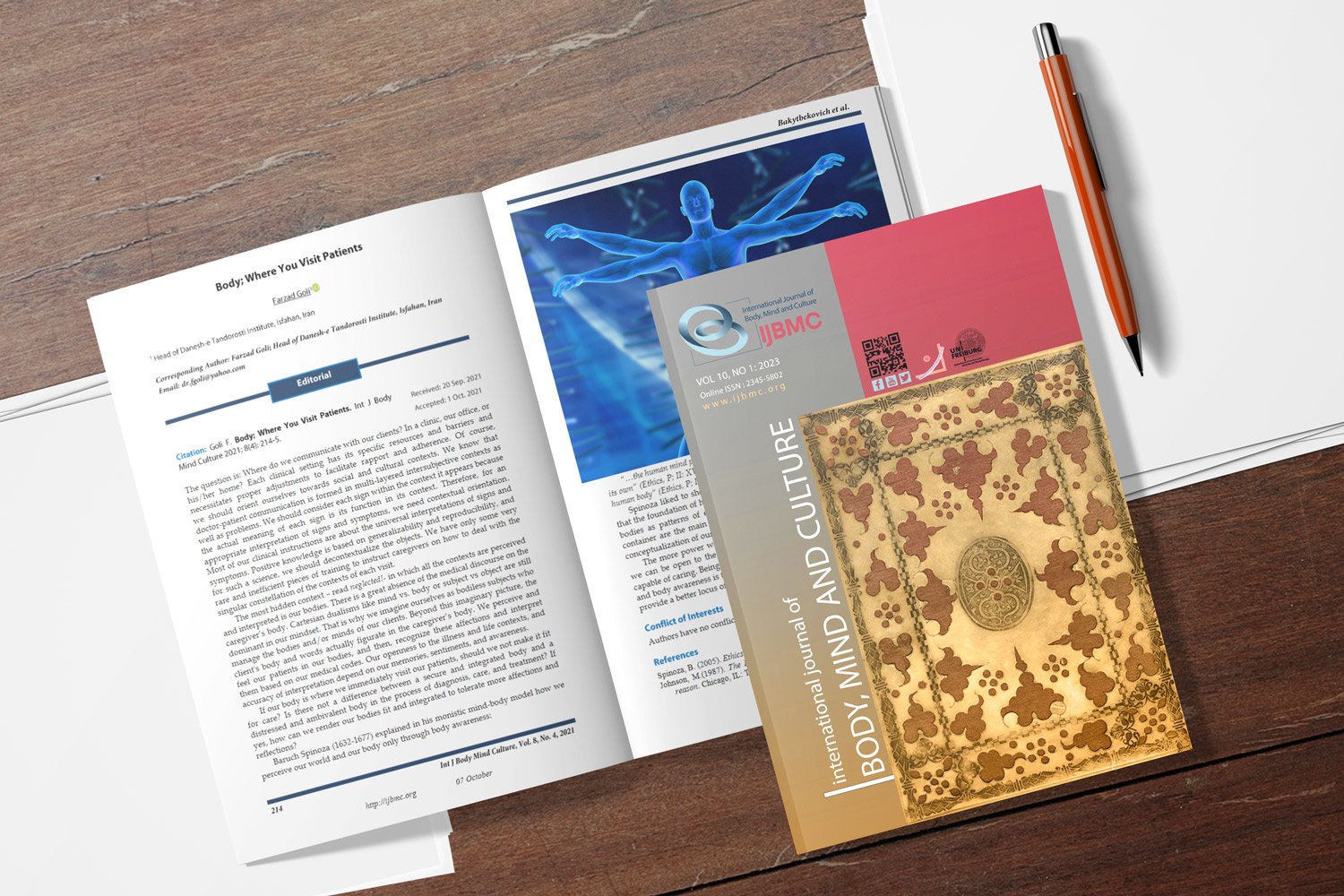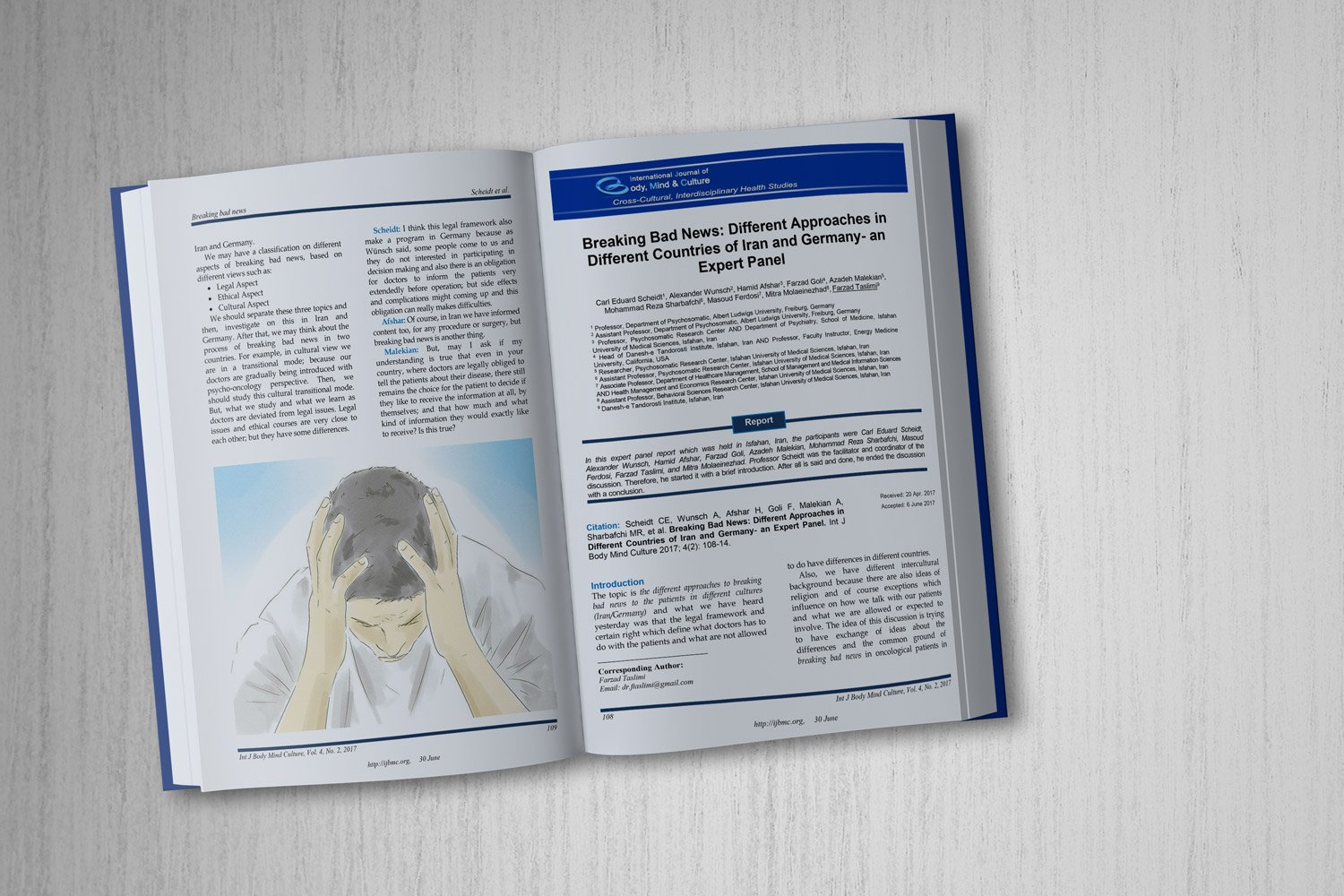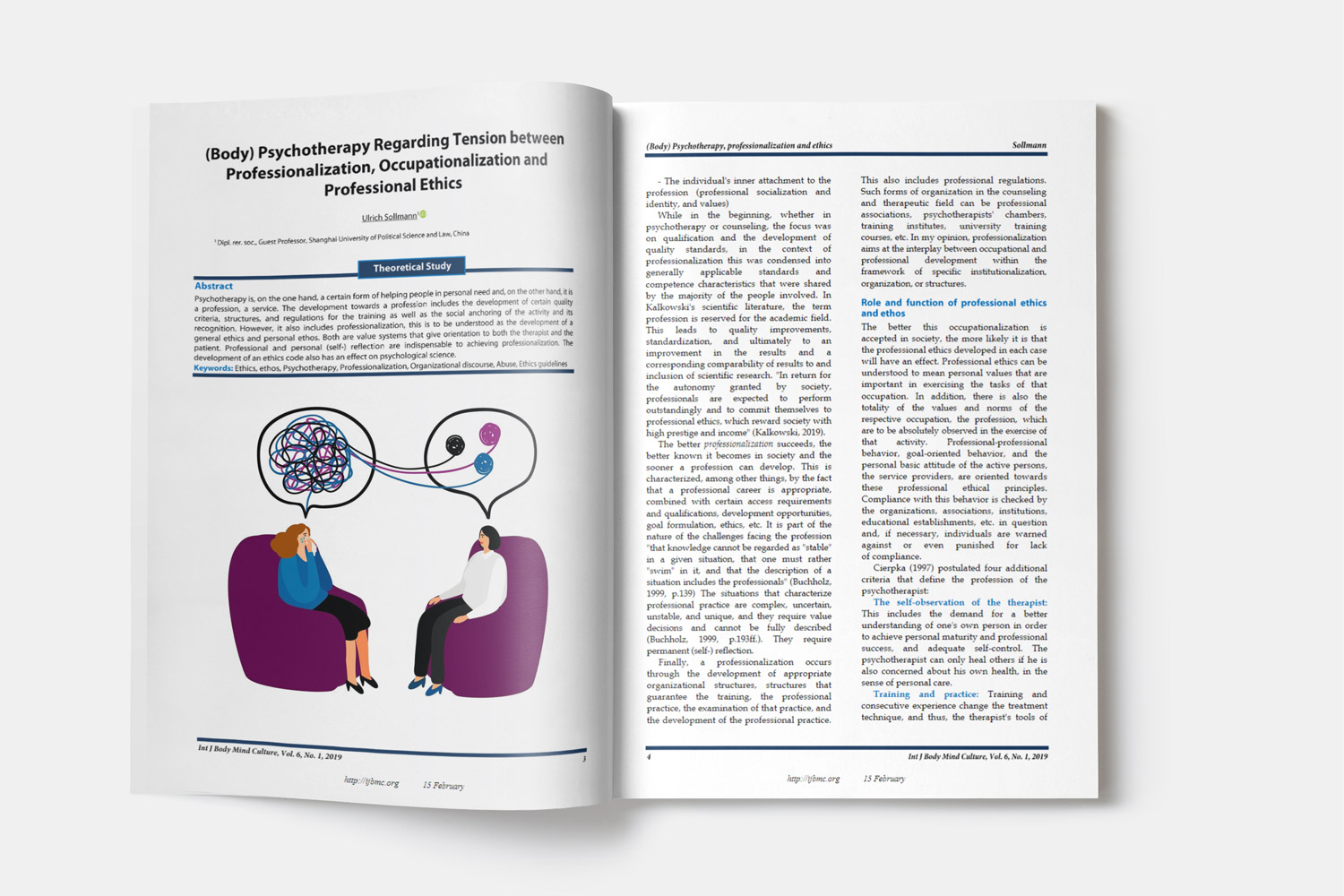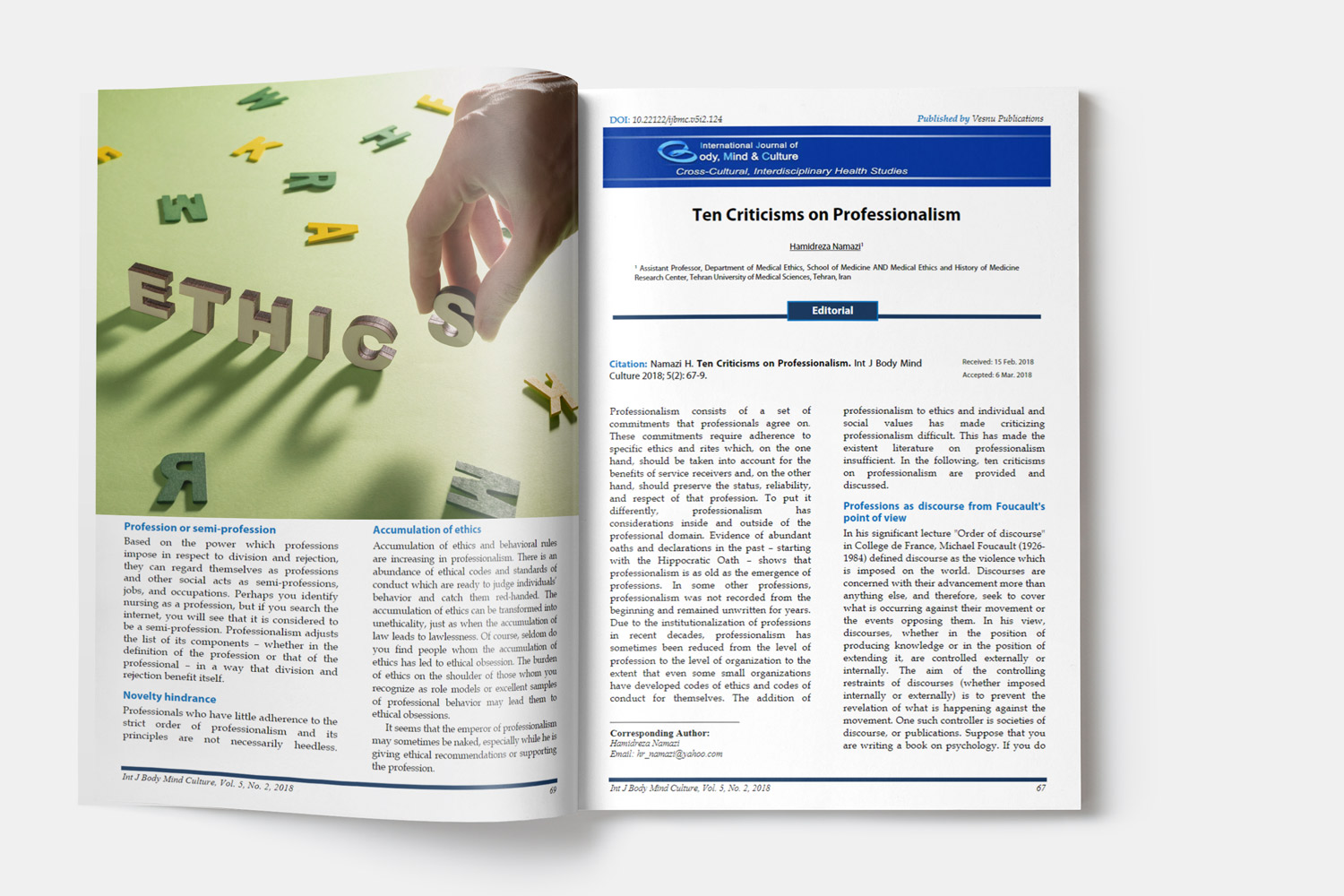A Cross-Sectional Study on Job Burnout and Associated Health Symptoms Among Ambulance Workers in Babylon Governorate
Downloads
Objective: Ambulance workers face significant physical and psychological challenges in their roles. They are responsible for providing life-saving care in high-pressure environments, often encountering violence, infectious diseases, and physical injuries. This study aims to assess the levels of job burnout among ambulance workers and identify associated physical and psychological health symptoms.
Methods and Materials: A cross-sectional descriptive study was conducted in Babylon Governorate from November 2023 to June 2024. The study involved 106 ambulance workers, selected using purposive sampling. Data were collected using the adapted Maslach Burnout Inventory, which measures emotional exhaustion, depersonalization, and personal accomplishment. Statistical analyses were performed using SPSS version 20, with descriptive and inferential statistics to explore the relationship between burnout and socio-demographic factors.
Findings: Seventy percent of participants had moderate burnout levels. A total of 54.7% of the ambulance workers experienced moderate emotional exhaustion and depersonalization, while 62.3% reported a sense of personal accomplishment. The main challenges reported were a lack of management support, poor public utilization of ambulance services, and difficulties in maintaining work-life balance. Significant relationships were observed between burnout and factors such as age, number of children, and monthly income (p<0.05).
Conclusion: Ambulance workers in Babylon Governorate face a significant risk of job burnout, which can adversely impact both staff well-being and service quality. To mitigate burnout, targeted interventions focusing on improving management support, providing continuous training, and enhancing staff well-being are essential. Further research is needed to develop effective strategies to address this pressing issue.
Downloads
Adriaenssens, J., De Gucht, V., & Maes, S. (2015). Causes and consequences of occupational stress in emergency nurses, a longitudinal study. Journal of nursing management, 23(3), 346-358. https://doi.org/10.1111/jonm.12138
Al-Rubaye, M., Al-Najar, R., & Hassan, A. (2022). Challenges in the Iraqi healthcare system: A focus on mental health services. Journal of global health, 10(1), 45-52.
Alitabar, S. H. S. (2023). Effects of Work-Life Balance Training Programs on Employee Job Motivation: A Quantitative Analysis. KMAN Counseling & Psychology Nexus, 1(2), 72-78. https://doi.org/10.61838/kman.psychnexus.1.2.12
Bentley, M. A., Crawford, J. M., Wilkins, J. R., Fernandez, A. R., & Studnek, J. R. (2019). An assessment of depression, anxiety, and stress among nationally certified EMS professionals. Prehospital Emergency Care, 17(3), 330-338. https://doi.org/10.3109/10903127.2012.761307
Cocker, F., & Joss, N. (2016). Compassion fatigue among healthcare, emergency, and community service workers: A systematic review. International journal of environmental research and public health, 13(6), 618. https://doi.org/10.3390/ijerph13060618
Demerouti, E., Bakker, A. B., Nachreiner, F., & Schaufeli, W. B. (2001). The Job Demands-Resources model of burnout. Journal of Applied Psychology, 86(3), 499-512. https://doi.org/10.1037/0021-9010.86.3.499
Gómez-Urquiza, J. L. (2017). Burnout syndrome in healthcare professionals: A systematic review and meta-analysis. Journal of Occupational Health, 59(6), 477-491.
Hall, L. H., Johnson, J., Watt, I., Tsipa, A., & O'Connor, D. B. (2020). Healthcare staff well-being, burnout, and patient safety: A systematic review. PLoS One, 11(7), e0159015. https://doi.org/10.1371/journal.pone.0159015
Halpern, J., Gurevich, M., Schwartz, B., & Brazeau, P. (2017). Interventions for critical incident stress in emergency medical services: A qualitative study. Stress and Health, 25(2), 139-149. https://doi.org/10.1002/smi.1229
Jahnke, S. A., Gist, R., Poston, W. S. C., & Haddock, C. K. (2019). Behavioral health interventions in the fire service: Stories from the firehouse. Journal of Workplace Behavioral Health, 34(4), 214-233. https://doi.org/10.1080/15555240.2019.1664375
Khajeh Naeeni, S., & Nouhi, N. (2023). Job Burnout Mitigation: A Comprehensive Review of Contemporary Strategies and Interventions. KMAN Counseling & Psychology Nexus, 1(1), 91-101. https://doi.org/10.61838/kman.psychnexus.1.1.12
Kim, Y., & Lee, E. (2022). Factors influencing job burnout among emergency medical technicians: A meta-analytic approach. Journal of Emergency Medicine, 42(2), 123-130.
Maslach, C., & Leiter, M. P. (2016). Understanding the burnout experience: Recent research and its implications for psychiatry. World Psychiatry, 15(2), 103-111. https://doi.org/10.1002/wps.20311
Moss, M., Good, V. S., Gozal, D., Kleinpell, R., & Sessler, C. N. (2016). An official critical care societies collaborative statement: Burnout syndrome in critical care health-care professionals: A call for action. Chest, 150(1), 17-26. https://doi.org/10.1016/j.chest.2016.02.649
Poghosyan, L. (2019). Financial instability and burnout in healthcare: Implications for policy. International journal of nursing studies, 72(2), 87-95.
Puteri, D. F. (2024). Impact of Job Satisfaction and Job Burnout on Nurses' Turnover Intention at X Regional Hospital. Journal of Community Empowerment for Health, 7(1), 47. https://doi.org/10.22146/jcoemph.87883
Rostami, M., & Ghezelseflu, M. (2022). Prediction of job burnout based on organizational culture and job satisfaction of employees of Shahid Beheshti University. International Journal of Innovation Management and Organizational Behavior (IJIMOB), 2(1), 1-14. https://doi.org/10.61838/kman.ijimob.2.1.1
Salvador-Carulla, L. (2020). Impact of educational background on burnout among healthcare professionals. BMC Health Services Research, 20(1), 105-112.
Santana, P., Pereira, R., & Moreira, S. (2021). Burnout among emergency workers in Brazil: A cross-sectional study. BMC public health, 21(1), 321-328.
Schaufeli, W. B. (2017). Applying the Job Demands-Resources model: A "how to" guide to measuring and tackling employee burnout. Organizational Dynamics, 46(2), 120-132. https://doi.org/10.1016/j.orgdyn.2017.04.008
Sheen, J., Spiby, H., & Slade, P. (2021). Exposure to traumatic perinatal experiences and the impact on midwives: A qualitative study. International journal of nursing studies, 52(10), 1614-1623. https://doi.org/10.1016/j.ijnurstu.2020.05.017
Smith, A., & Roberts, K. (2019). The impact of shift work on the psychological and physical health of nurses. Occupational Medicine, 65(10), 756-762. https://doi.org/10.1093/occmed/kqv080
Van der Ploeg, E., & Kleber, R. (2019). Chronic stress and burnout in paramedics: The role of exposure to traumatic incidents. Journal of Traumatic Stress, 32(5), 510-521.
Watson, C., Gleave, S., & Davies, R. (2020). Age and burnout: Examining the relationship in UK paramedics. Occupational Health Review, 67(3), 112-120.
Zarei, E. (2021). Predictors of burnout among emergency medical staff in Iran: The role of job resources and demands. Iranian Journal of Nursing and Midwifery Research, 26(5), 427-435.
Copyright (c) 2024 International Journal of Body, Mind and Culture

This work is licensed under a Creative Commons Attribution-NonCommercial 4.0 International License.










